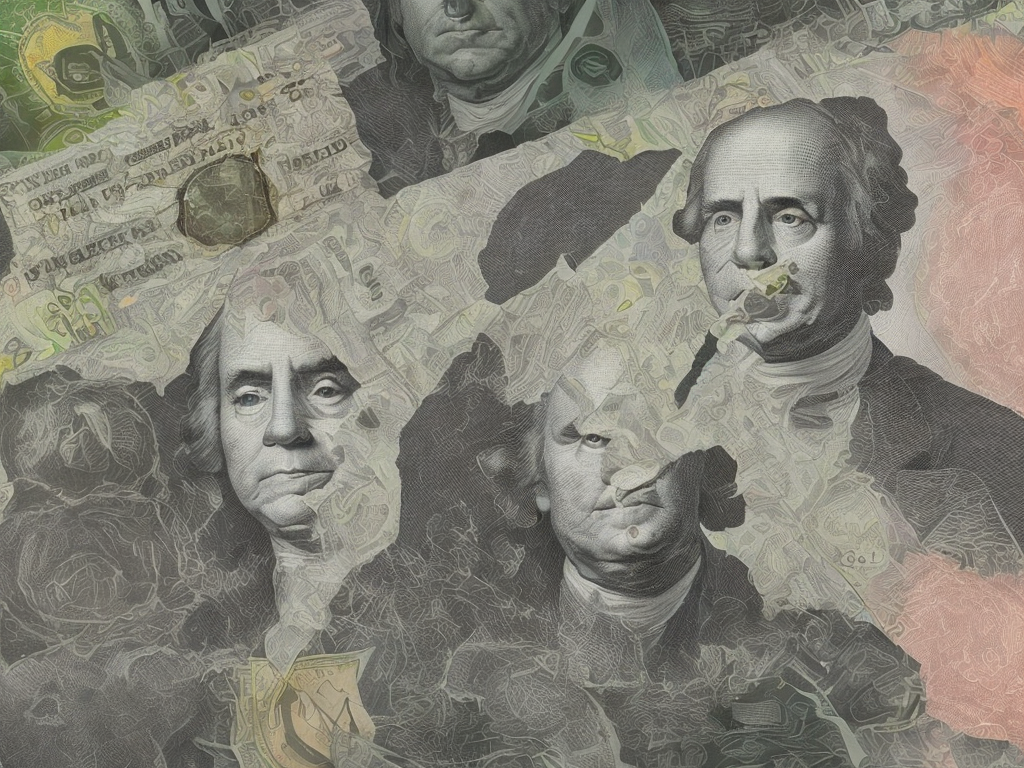
Difference Between Fiscal And Monetary Policy
Introduction
Fiscal and monetary policies are two primary tools used by governments to manage and stabilize their respective economies. While these policies are aimed at achieving the same goal of maintaining a stable and healthy economy, they differ in terms of implementation, impact, and the entities responsible for their execution. This article seeks to explore the difference between fiscal and monetary policy, highlighting their definitions, objectives, tools used, and the effects they have on the overall economy.
Definition and Objectives
Fiscal policy relates to the government's use of revenue generation and expenditure to influence aggregate demand, economic growth, and employment levels in the economy. In simpler terms, fiscal policy involves government taxation and spending decisions that impact the overall economy. Its central objective is to stimulate economic expansion and stability by ensuring a balance between government revenue and expenditure.
On the other hand, monetary policy refers to the actions taken by a country's central bank to manage the money supply and influence interest rates with the aim of achieving economic stability through control of inflation, sustainable growth, and full employment. Monetary policy focuses on regulating the supply of money and the cost of borrowing to impact consumer spending and investment in the economy.
Entities Responsible
Fiscal policy is primarily the responsibility of the government, specifically the legislature and executive branches. The government formulates fiscal policy through the budget-making process and is implemented by changing tax rates, government spending levels, and borrowing. It involves the use of discretionary policy tools that can be adjusted by policymakers to achieve desired outcomes.
Monetary policy, on the other hand, is determined and implemented by the country's central bank. In the United States, for example, the Federal Reserve is responsible for implementing monetary policy. Central bank policymakers are involved in managing interest rates, regulating banking systems, and controlling the money supply to achieve economic goals set by the government.
Tools used
Fiscal policy primarily manipulates the government's revenue and expenditure levels to influence the overall economy. Governments can use expansionary fiscal policy during times of economic downturns to increase government spending and reduce tax rates. This stimulates economic growth by boosting aggregate demand, leading to increased employment levels and higher GDP. Conversely, contractionary fiscal policy is employed during periods of high inflation or excessive demand. Governments reduce spending and increase tax rates to reduce aggregate demand and control inflation.
Monetary policy, on the other hand, utilizes various tools to manage the money supply and influence interest rates. This is achieved through open market operations involving the buying and selling of government securities, reserve requirements that dictate the amount of cash banks must hold in reserve, and adjusting the discount rate at which banks can borrow from the central bank. By manipulating these tools, central banks control the cost of borrowing, which subsequently affects spending and investment decisions.
Impact on the Economy
Fiscal policy influences the economy through changes in government spending, taxation, and borrowing. Expansionary fiscal policy leads to increased government spending, which stimulates overall economic activity. This can lead to short-term gains such as increased employment, higher consumer spending, and business investment. However, expansionary fiscal policy can result in higher budget deficits and increased public debt if not managed properly.
On the other hand, contractionary fiscal policy aimed at reducing inflationary pressures can have the opposite effect. The reduction in government spending reduces overall economic activity, which may lead to job losses and decreased consumer spending. However, contractionary fiscal policy can help stabilize the economy by reducing inflation and preventing excessive aggregate demand. It is important to note that the impact of fiscal policy takes time to materialize, as changes in government spending or taxation require legislative approval and coordination.
Monetary policy operates through changing the money supply and influencing interest rates to achieve economic stability. By adjusting interest rates, central banks can impact borrowing costs for businesses and consumers, which in turn affects investment and consumption levels. Lower interest rates encourage borrowing and spending, leading to increased investment and economic growth. Conversely, higher interest rates reduce borrowing and spending, curbing inflationary pressures but potentially slowing down economic growth.
The impact of monetary policy is often faster and more immediate compared to fiscal policy since central banks can adjust interest rates relatively quickly. This advantage allows monetary policy to act as a reactive tool to counteract economic downturns or overheating.
Conclusion
In summary, fiscal and monetary policies are both crucial tools used by governments to manage and stabilize economies. While both policies aim to achieve the same objective of economic stability, they differ in terms of their implementation, decision-making entities, tools used, and impact on the overall economy. Fiscal policy is driven by governments through changes in taxation and government spending, while monetary policy is implemented by central banks through manipulation of the money supply and interest rates. Both policies have their strengths and limitations and must be employed strategically to maintain a healthy and stable economy.
 Self-Instruct
Self-Instruct